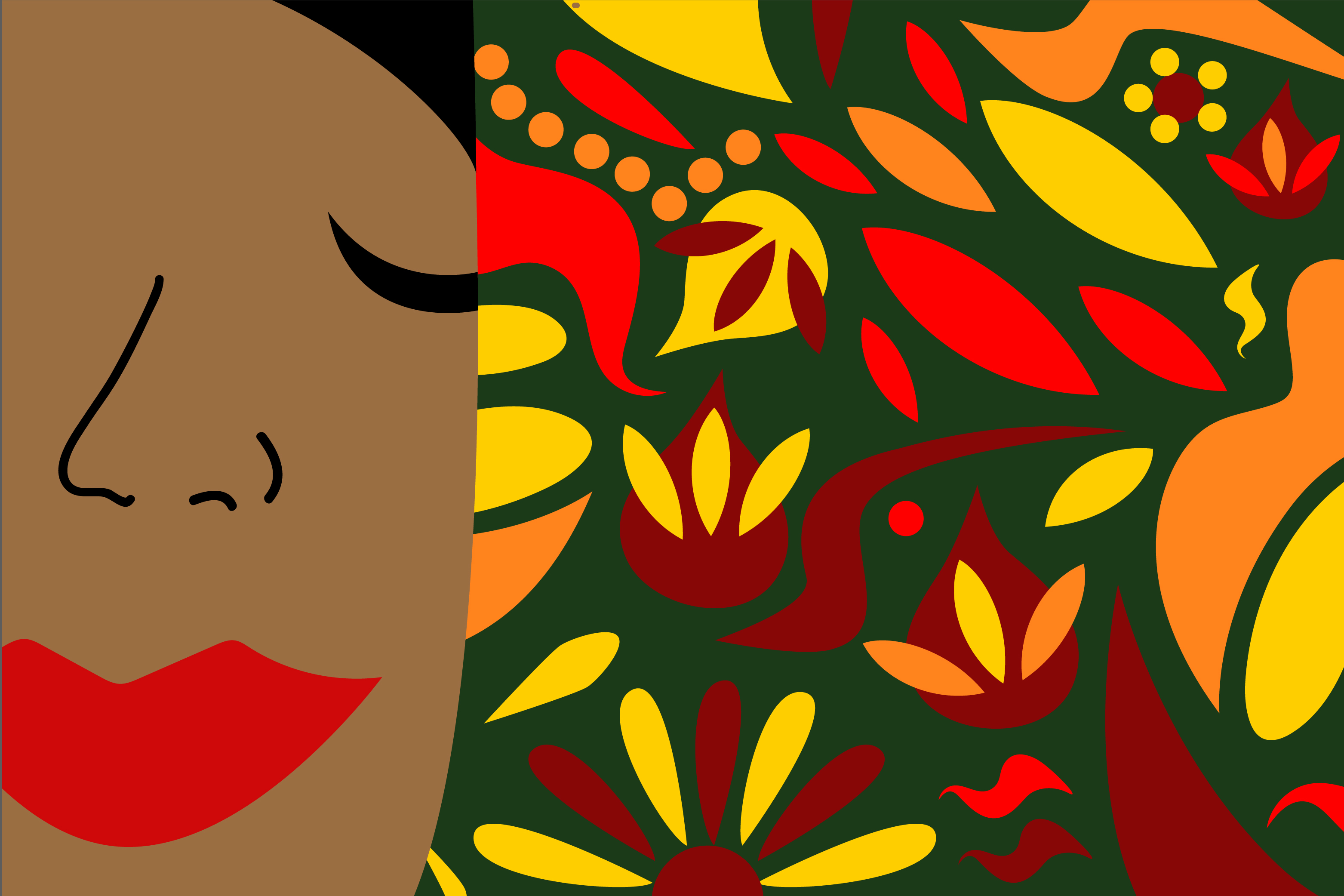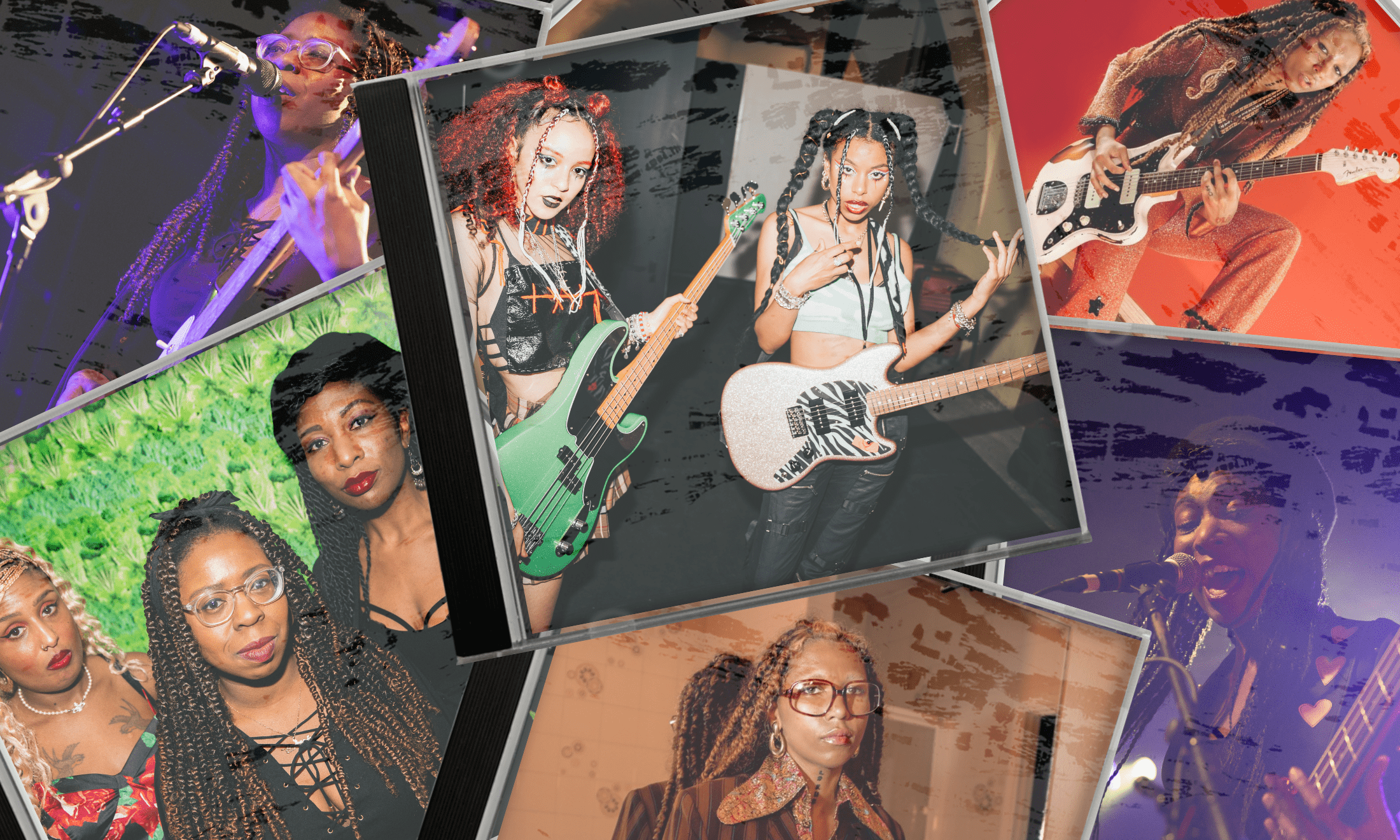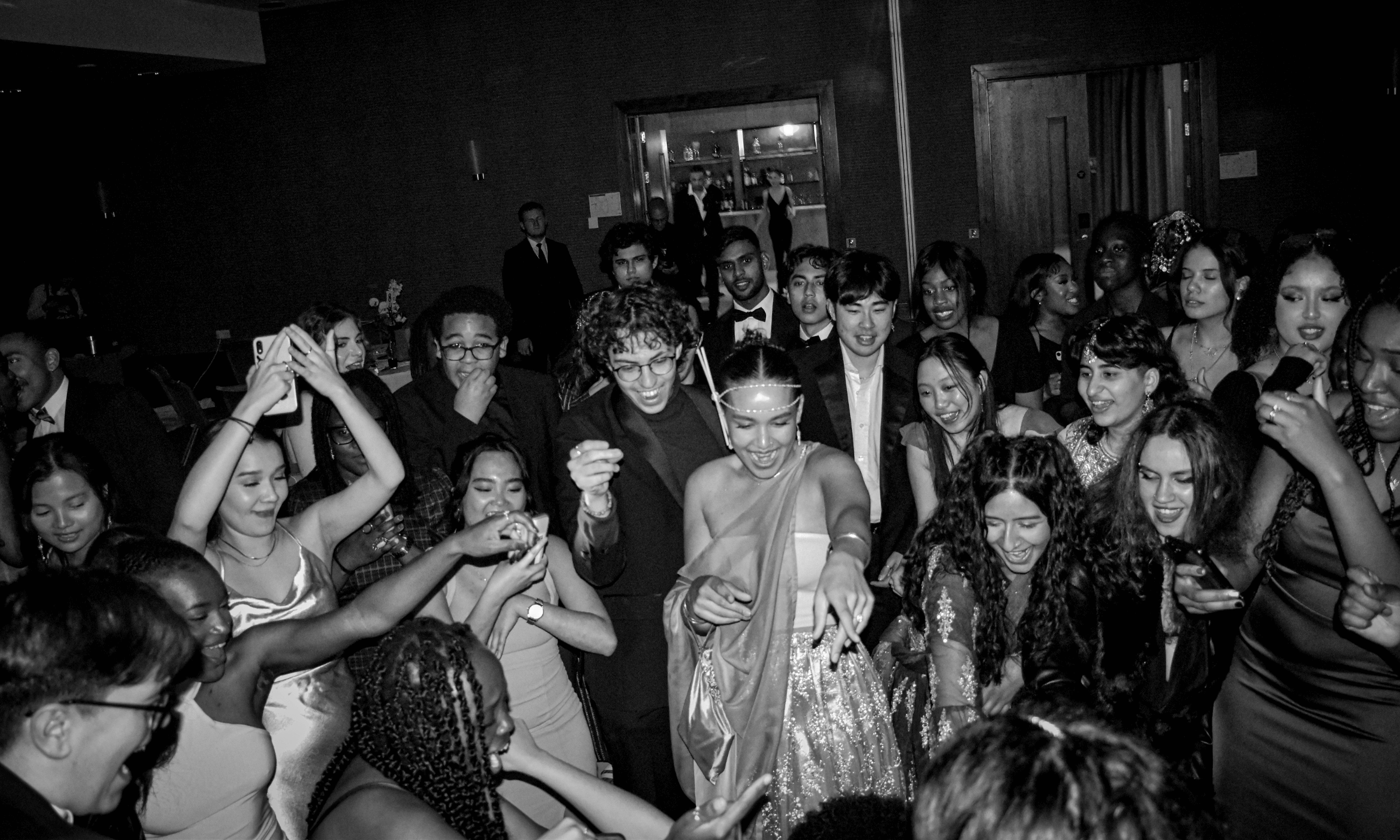
The film Lipstick Under My Burkha produced by Prakash Jha was refused certification in India for being “too lady-oriented.” The Central Board of Film Certification (CBFC) stated that “there are sexual scenes, abusive words, audio pornography [referring to phone sex] and a bit sensitive touch about one particular section of society [implying that it could offend particular cultures].”
The story line consists of four different women with different lives but who all wear red lipstick. The film explores issues such as being a single mother, where women are often viewed as lacking self respect, but suggests that women’s lives shouldn’t be interfered with by the patriarchal society. Although the traditional Indian culture seems to be uncomfortable with exploration of such themes, the film and its attributes can still be appreciated by contemporary Indians.
As a British Indian woman who was born in the 21st Century, I believe in the power of make-up, despite its conflict with my culture.
My love affair with cosmetics began at the age of five when I first rummaged through my mum’s make-up collection. Watching my mum apply make-up every day, I had become fascinated by the process, and so I took it upon myself to use my five-year-old make-up application skills and cover myself in all sorts of shades and colours, safely ruining some of my mum’s best make-up in the process. This is an experience I will never forget, but now that I am older there seems to be more to wearing makeup than just simply putting it on.
“Make-up can give a woman confidence; red lipstick, for example, is associated with being powerful and assertive”
In less than five minutes, applying make-up can make a woman go from lacking in confidence to feeling as though she can conquer the world. This isn’t just because of how she is perceived by others, but because of how she feels about herself. Make-up can give a woman confidence; red lipstick, for example, is associated with being powerful and assertive.
Bright lipstick, bold eye shadow and sharp eye liner – seductive, sexual and attractive to the male eye, and for this reason, looked down on by some cultures. As a British Indian woman, I have seen other women within my culture being actively discouraged to wear makeup, until, of course, they are married, as only then is it acceptable. I can understand that parents may want to keep their daughters from attracting unwanted male attention by not wearing makeup, however, who can truly believe that not wearing make-up will stop a girl from exploring her own sexuality.
As a British Indian child, the word “shaadi” (a South Asian wedding) is learnt very shortly after the word “Dada”. We all knew that as girls we would inevitably be adorned in gold and have to leave our own families to become part of someone else’s. After watching bride after bride walk down the aisle wearing the signature red lipstick, I began to think twice about buying it myself due to its strong association with marriage. However, a few years ago, I attended a Sikh ceremony, where the bride had chosen to wear a white wedding lehenga (Indian skirt and top) with a nude lipstick. This changed everything for me as I realised that red lipstick isn’t the only shade worn at weddings, and it can therefore be worn on other occasions too.
“Previously used ingredients would cause hair loss and defiance of the oppressive ritual would lead to rejection and criticism from family, friends and other members of society”
The use of cosmetic make-up in Asian culture can be dated back to ancient Mesopotamia, where semi-precious jewels were crushed and applied to the lips. Since then, Asian men and women have been applying kajal (kohl) to their eyes as a form of make-up. Sindoor, also known as Kumkum, is another significant form of make-up. It is a red vermillion powder used by Asian women to symbolise marriage and a wife’s devotion to her husband. The history of sindoor can be traced back to over 5000 years ago when Hinduism first emerged. Sindoor was the most prominent symbol of a married woman, and removed or smudged sindoor symbolises a recently widowed woman.
Previous generations of Indian women saw wearing sindoor as a forcible duty. Previously used ingredients would cause hair loss and defiance of the oppressive ritual would lead to rejection and criticism from family, friends and other members of society. Nowadays, women have the choice to wear as much or as little sindoor as they like however, this choice is only granted after marriage, and some families still maintain strict traditional values.
Freedom of marriage is on the rise in the Indian culture. People marry for love rather than abiding to an arranged marriage and can also marry men of different castes and religions, although this is often served with a dish of criticism. Changes are gradually being made but marriage remains a family decision and parents can still “veto” the marriage if they do not approve.
“I have always seen the process of an arranged marriage to be similar to that of an eBay purchase – you like it, you bid on it and then you buy it”
I have always seen the process of an arranged marriage to be similar to that of an eBay purchase – you like it, you bid on it and then you buy it. Marriage is of course not as straightforward as this, but the process of liking a girl, requesting to meet her and then marrying her if all goes well, reflects my experience of eBay quite well. Thankfully, times are changing and with a more relaxed attitude towards marriage, I am hoping that the attitude towards makeup will follow suit.
It can be complicated growing up in an Asian culture in modern day Britain. I respect and understand the root of my culture’s traditions, but make-up, femininity and beauty aren’t intrinsically linked to marriage. Wearing make-up should be a personal choice that can be used to express yourself without having romantic or sexual connotations attached to it. The next time I walk up to the MAC make-up counter, I won’t think twice about buying my favourite shade, Ruby Woo.









